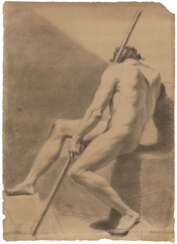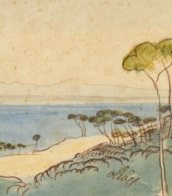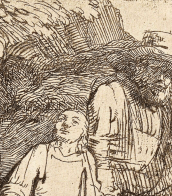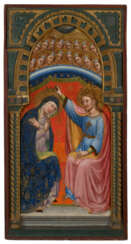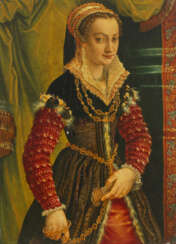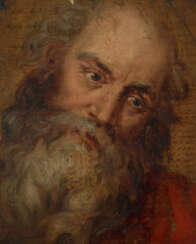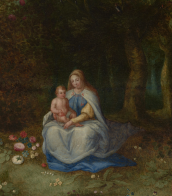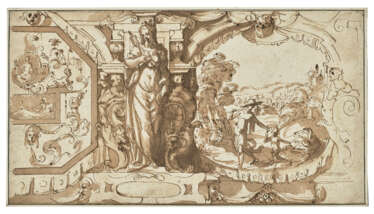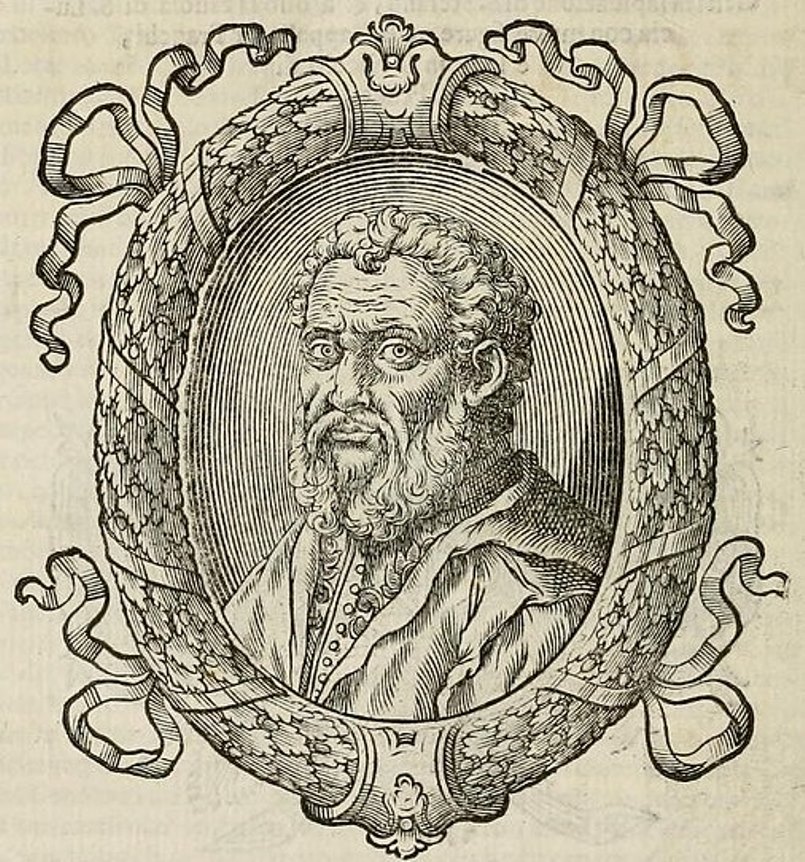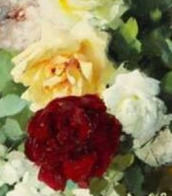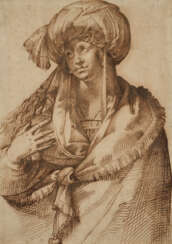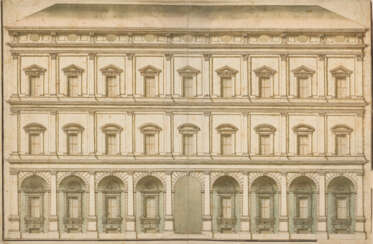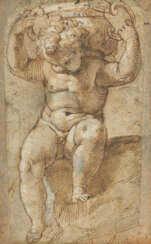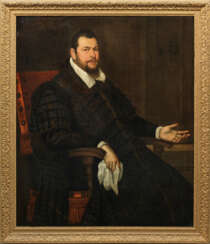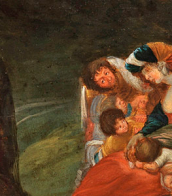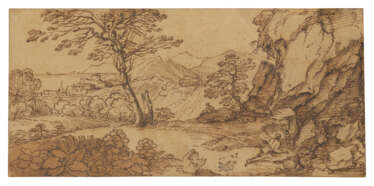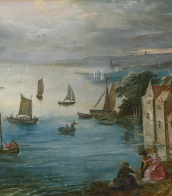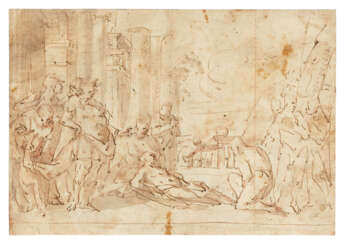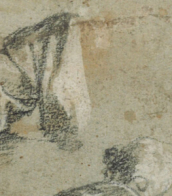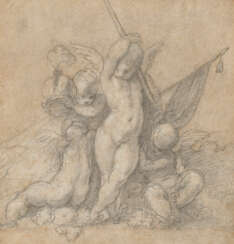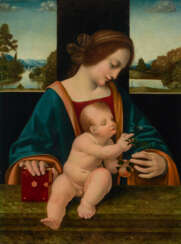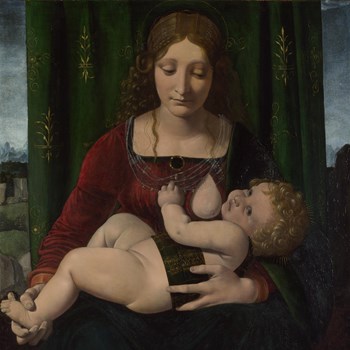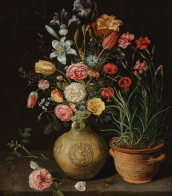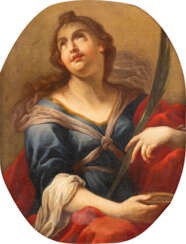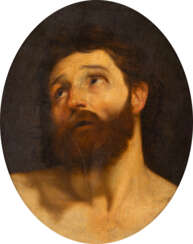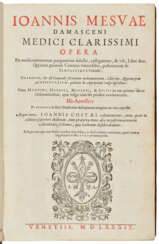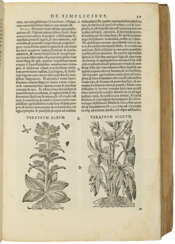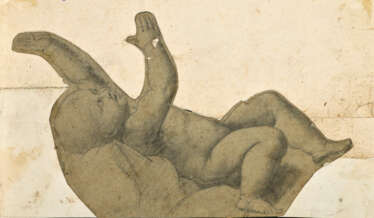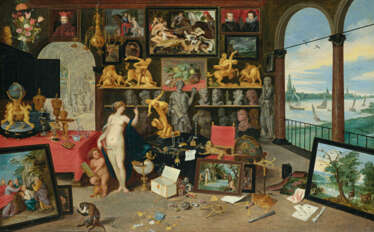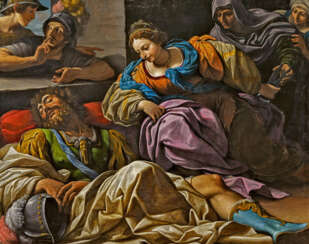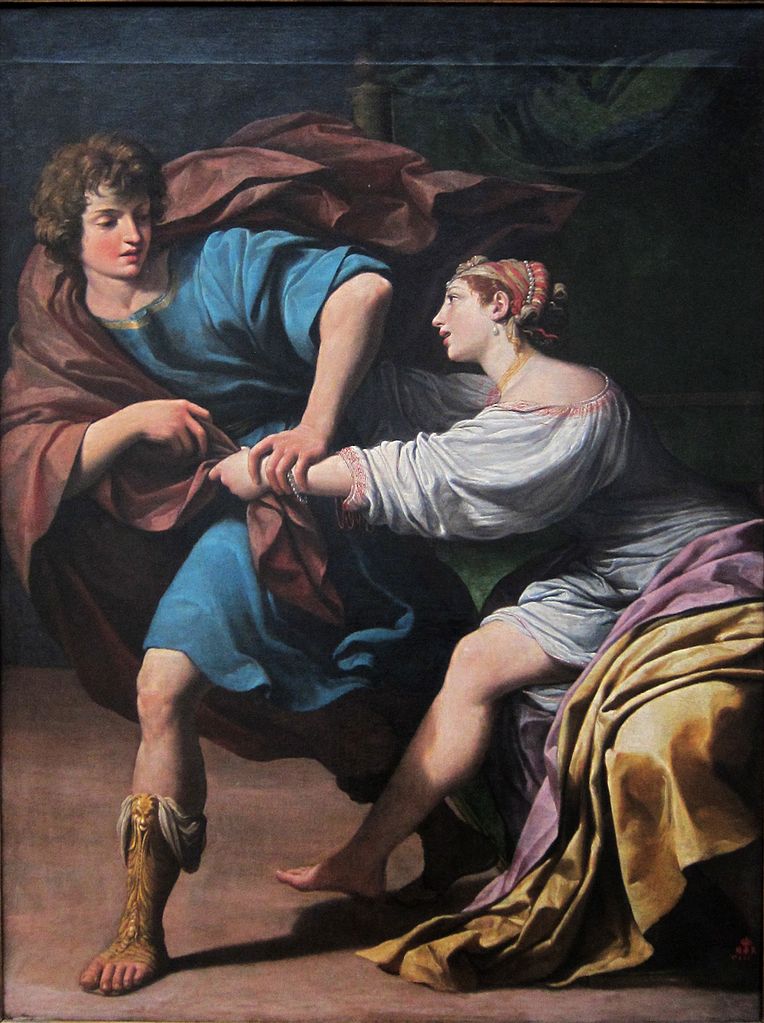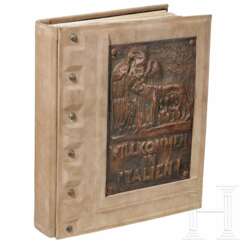school of bologna

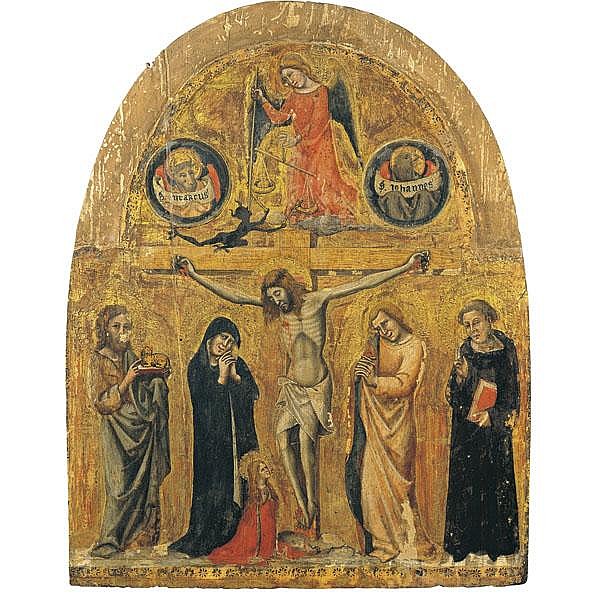
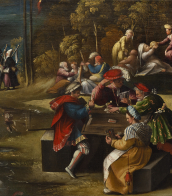



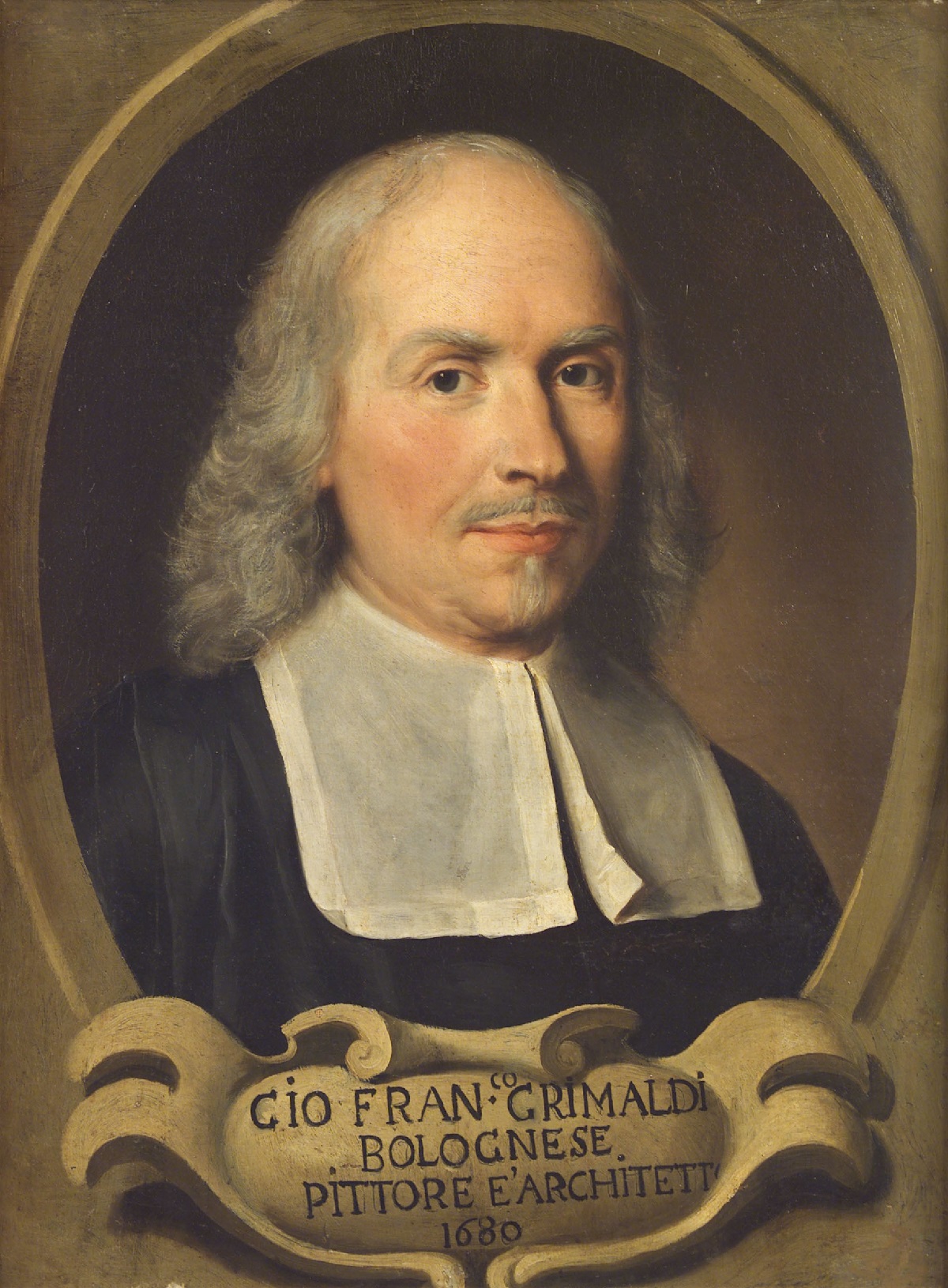
Giovanni Francesco Grimaldi was an Italian painter, draughtsman, printmaker and architect. He was an accomplished fresco painter of classical landscapes which were popular with leading Roman families.
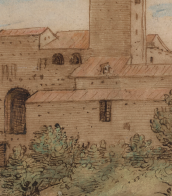
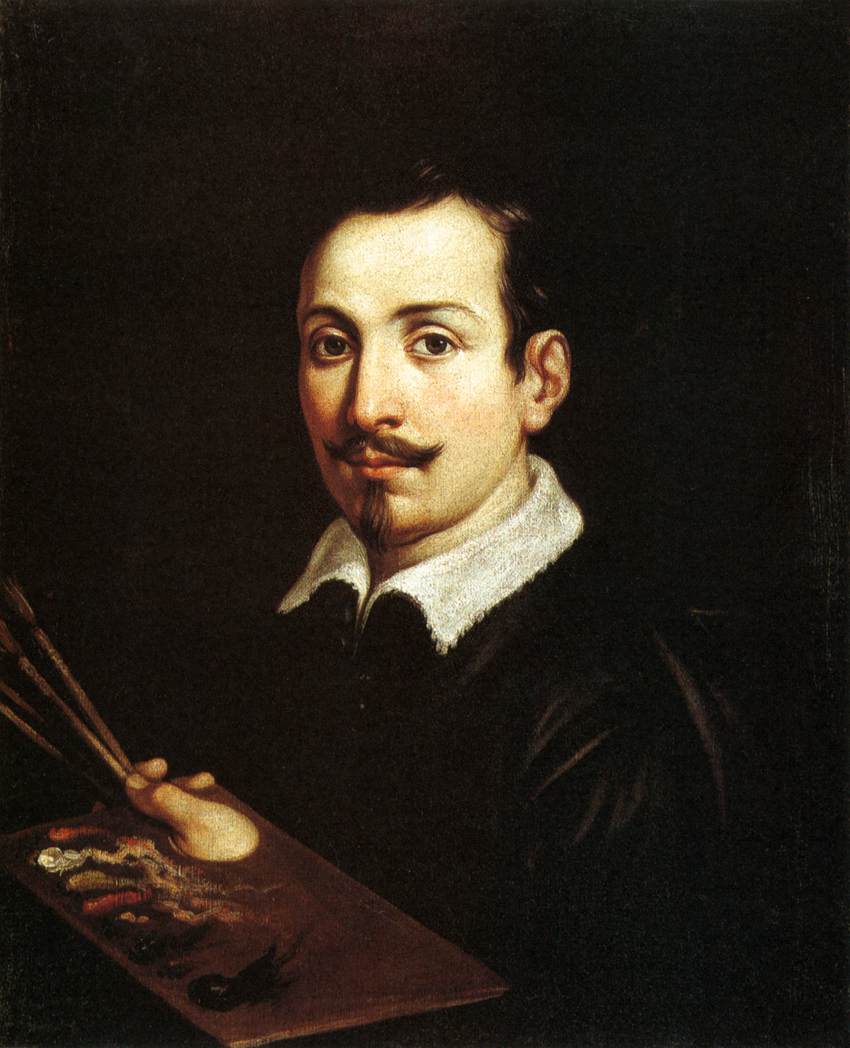
Guido Reni was an Italian Baroque painter, celebrated for his refined and classical approach to art. Born in Bologna, Italy, Reni's career spanned the late Renaissance and early Baroque periods, where he became known for his religious and mythological scenes. His style, characterized by elegance and grace, set him apart from his contemporaries, making his works highly sought after by both religious and secular patrons.
Reni's training under Denys Calvaert, followed by his time in the Carracci workshop, laid the foundation for his distinctive blend of classical idealism and Baroque dynamism. This education, coupled with his interactions and reported rivalry with Caravaggio in Rome, influenced his development as an artist who could balance the dramatic intensity of the Baroque with a serene classicism.
One of Reni's most famous works, the fresco "Aurora" in the Casino dell'Aurora of Palazzo Pallavicini-Rospigliosi, showcases his mastery of classical forms and his ability to convey narrative through expressive composition and vibrant color. This masterpiece, depicting Apollo's chariot led by Dawn, is celebrated for its simplicity and restraint, contrasting the more elaborate compositions typical of his era.
Reni's contributions to religious art are also significant, with works such as "The Archangel Michael Defeating Satan" and "Saint Joseph and the Christ Child" reflecting his capacity to imbue traditional Christian subjects with a profound sense of divinity and humanity. His paintings are distinguished by their delicate treatment of light and shadow, a hallmark of his refined aesthetic.
Collectors and art experts continue to admire Reni's works for their technical brilliance and emotional depth. His paintings, such as "The Massacre of the Innocents" and "Saint Sebastian," are preserved in major museums worldwide, testament to his enduring influence on Western art. Reni's legacy as a bridge between the Renaissance's ideal beauty and the Baroque's emotive power remains unparalleled, securing his place among the pantheon of great artists.
For collectors and experts in the field of art and antiques, Guido Reni's oeuvre represents not just the pinnacle of Baroque painting but also a connection to the cultural and aesthetic shifts of his time. To stay updated on sales, auctions, and exhibitions related to Guido Reni's works, signing up for updates can provide exclusive insights and opportunities to engage with the legacy of this exceptional artist.

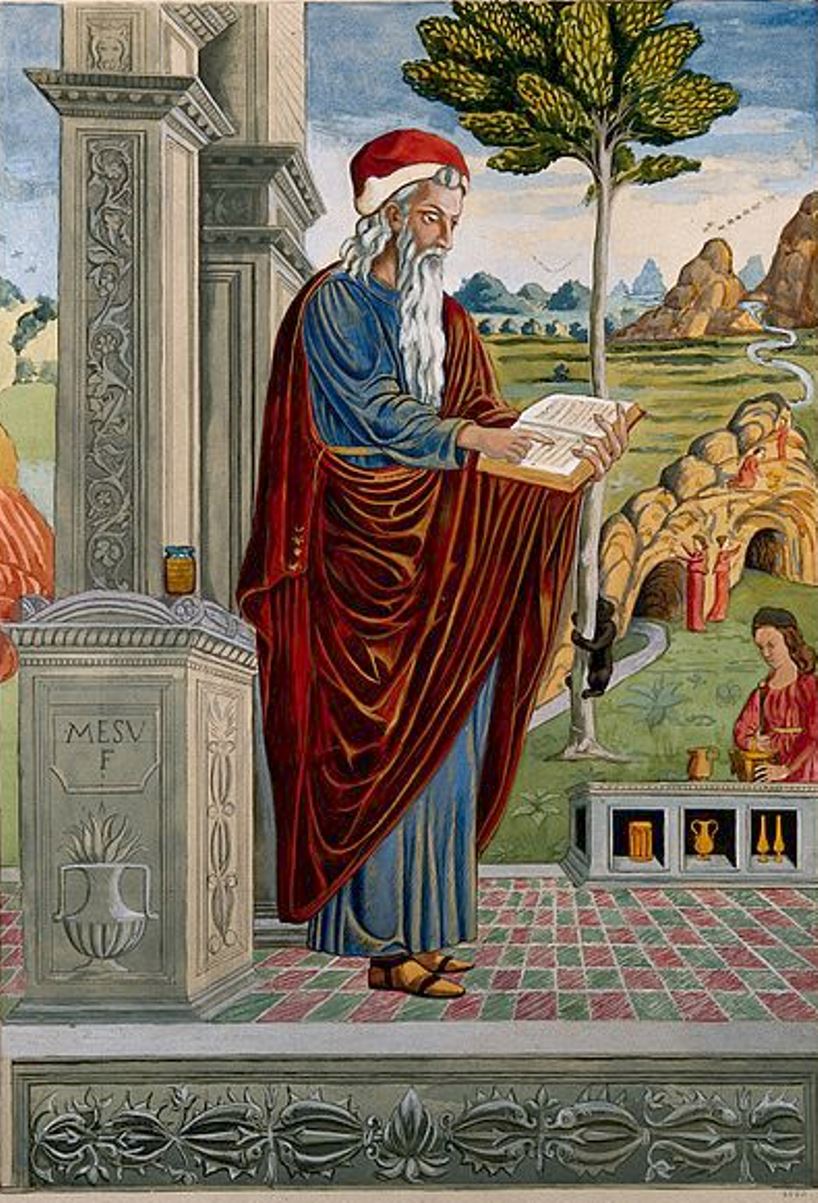
Yuhanna ibn Masawaih (Arabic: يوحنا بن ماسويه), also written as Ibn Masawaih, Janus Damascene or Mesue, Masuya (Masawaih, Masawaiyyh, Latin. Janus Damascenus, or Mesue, Masuya, Mesue Major) was a Persian or Assyrian East Syrian Christian physician.
Born into the family of a pharmacist and physician from Gundishapur, Masawaih's father was Assyrian and his mother Slavic. In Baghdad he studied under the Nestorian physician Jabril ibn Buhtishu (8th century). After becoming the director of a hospital in Baghdad, he was also the personal physician of four caliphs.
He wrote medical treatises on a number of topics, including ophthalmology, fever, leprosy, headache, melancholia, dietetics, physician testing, and medical aphorisms. One of the treatises deals with aromatic substances and is entitled On Simple Aromatic Substances. Masawaih translated various Greek medical works into Syriac, but wrote his own work in Arabic.
Many anatomical and medical works are attributed to him, notably The Disease of the Eyes, the earliest systematic treatise on ophthalmology extant in Arabic, and Aphorisms, whose Latin translation was very popular in the Middle Ages. Masawaih's books became a major conduit of Arabic knowledge to the Latin-speaking world and formed the basis of pharmaceutical education in the early modern period. His works, best known for his knowledge of ophthalmology, gynecology, and anatomy, are among the earliest Arabic medical texts available in Europe.


Yuhanna ibn Masawaih (Arabic: يوحنا بن ماسويه), also written as Ibn Masawaih, Janus Damascene or Mesue, Masuya (Masawaih, Masawaiyyh, Latin. Janus Damascenus, or Mesue, Masuya, Mesue Major) was a Persian or Assyrian East Syrian Christian physician.
Born into the family of a pharmacist and physician from Gundishapur, Masawaih's father was Assyrian and his mother Slavic. In Baghdad he studied under the Nestorian physician Jabril ibn Buhtishu (8th century). After becoming the director of a hospital in Baghdad, he was also the personal physician of four caliphs.
He wrote medical treatises on a number of topics, including ophthalmology, fever, leprosy, headache, melancholia, dietetics, physician testing, and medical aphorisms. One of the treatises deals with aromatic substances and is entitled On Simple Aromatic Substances. Masawaih translated various Greek medical works into Syriac, but wrote his own work in Arabic.
Many anatomical and medical works are attributed to him, notably The Disease of the Eyes, the earliest systematic treatise on ophthalmology extant in Arabic, and Aphorisms, whose Latin translation was very popular in the Middle Ages. Masawaih's books became a major conduit of Arabic knowledge to the Latin-speaking world and formed the basis of pharmaceutical education in the early modern period. His works, best known for his knowledge of ophthalmology, gynecology, and anatomy, are among the earliest Arabic medical texts available in Europe.


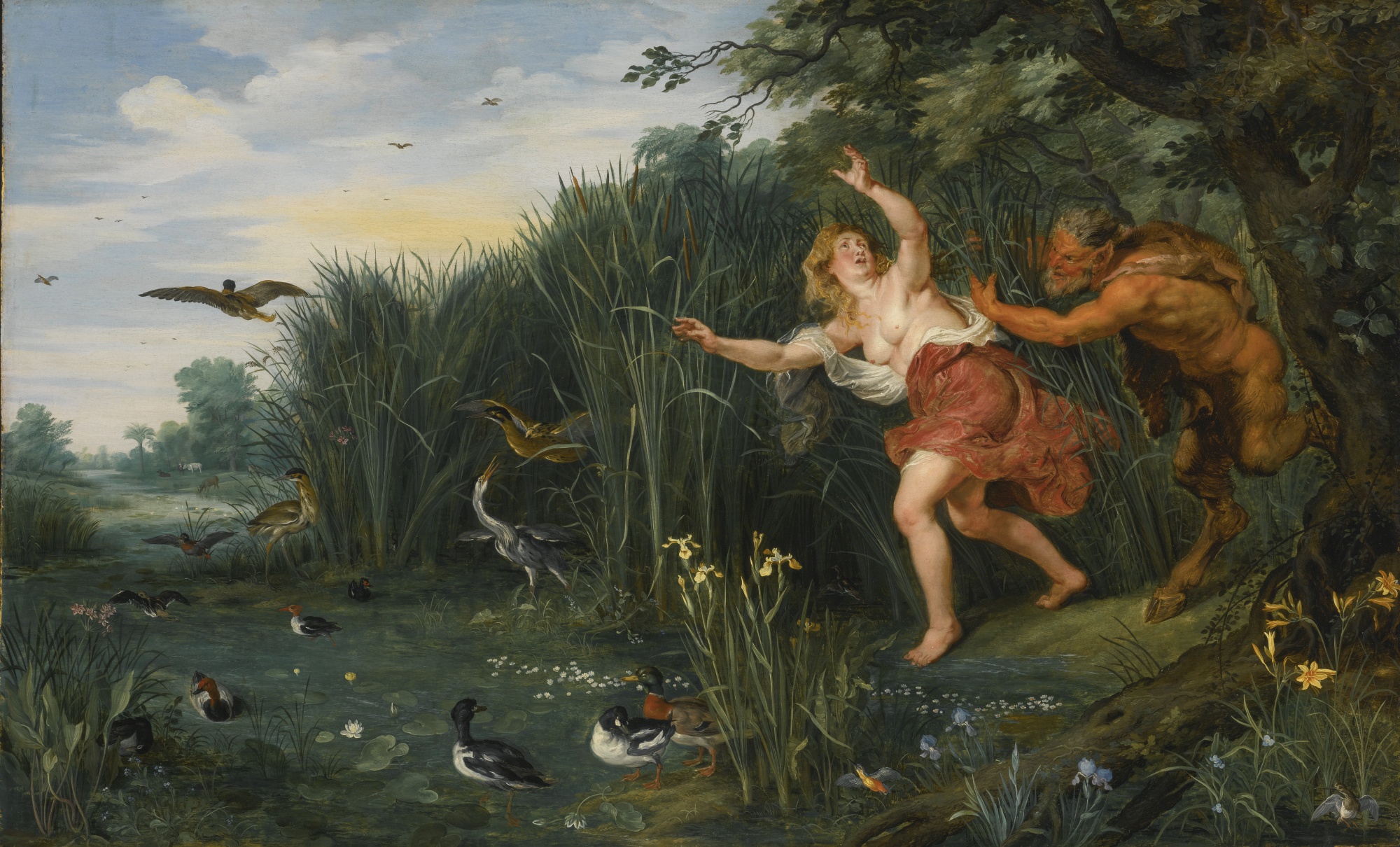
Jan Bruegel the Younger was a Flemish Baroque painter. He was the son of Jan Brueghel the Elder, and grandson of Pieter Bruegel the Elder, both prominent painters who contributed respectively to the development of Renaissance and Baroque painting in the Habsburg Netherlands. Taking over his father's workshop at an early age, he painted the same subjects as his father in a style which was similar to that of his father. He regularly collaborated with leading Flemish painters of his time.



